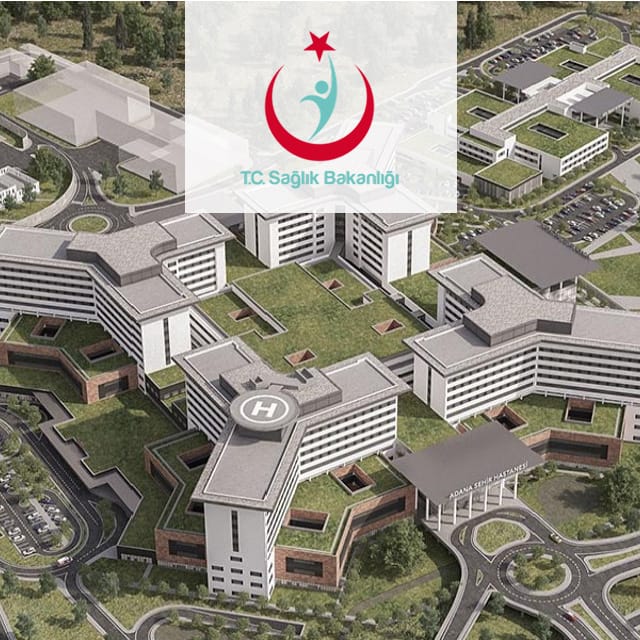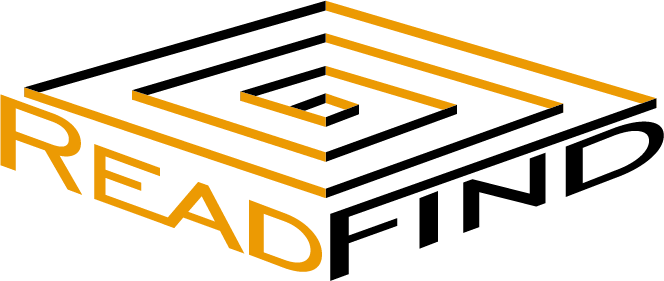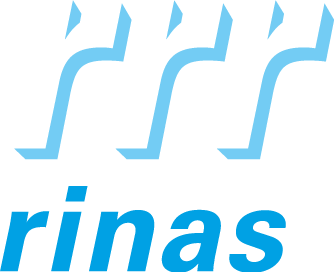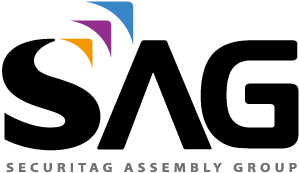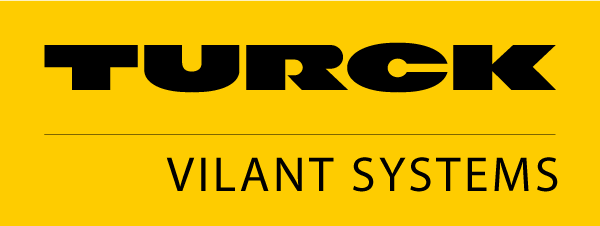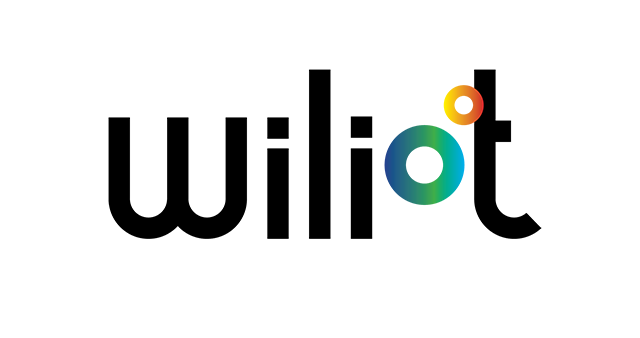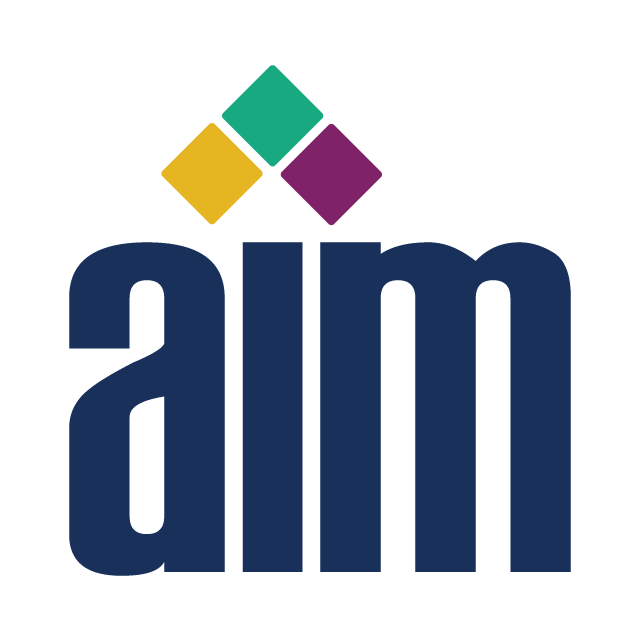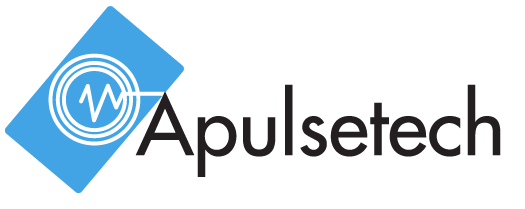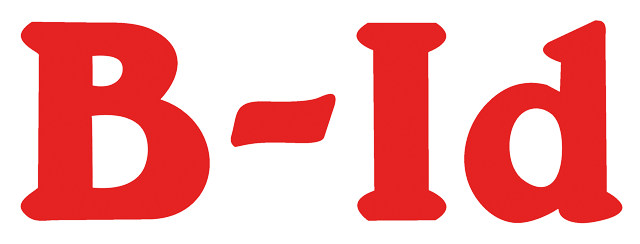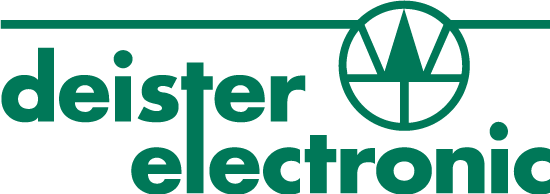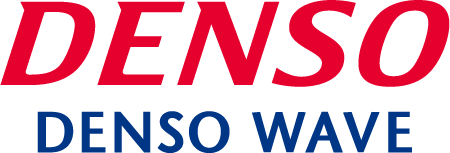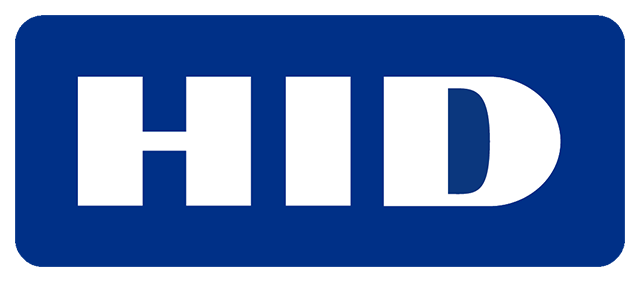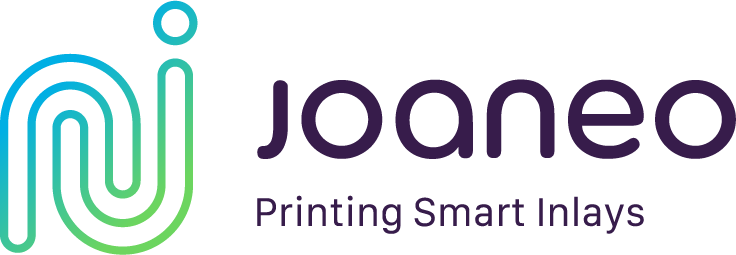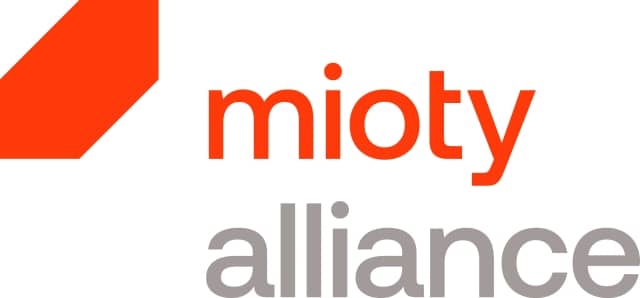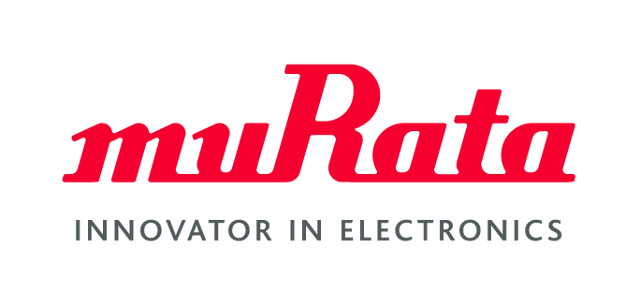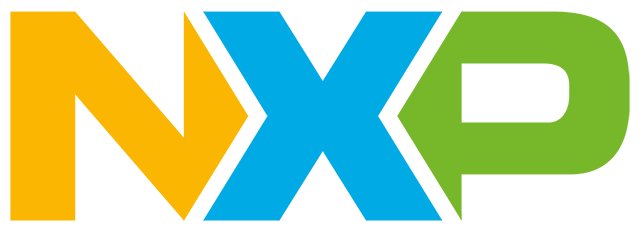The Adana Integrated Health Campus hospital project in Turkey comprises a health campus covering an area of almost 320,000 square metres with a total capacity of 1,550 beds and consisting of three hospitals.
Nearly all hospital areas are equipped with active and passive RFID applications for transparent and secure processes.
The Health Campus will include a 1,300-bed main hospital, a 150-bed physical therapy and rehabilitation facility, and the 100-bed high-security criminal psychiatry hospital upon completion of construction. In addition to the hospitals, there will be health support facilities, commercial area, technical unit building, one helipad and a trigeneration plant.
Process Requirements
New hospital construction projects face the challenge of achieving balanced cost efficiency in addition to the best possible patient care. Hospital operators must be able to optimally control and manage complete operational processes and thus meet predefined KPIs.
When planning and building the three hospitals of the Adana Integrated Health Campus, the challenge is to use technologies in such a way that a high level of patient safety and satisfaction is achieved. The necessary transparency from processes such as asset or person tracking should be digitally available.
Solution
One solution installed on campus is Zonal Tracking. The zones can be adapted to the needs of the hospital. It is irrelevant whether a laboratory, an entire floor or a building is to be defined as a zone. Different alarm and notification functions are possible as soon as a tagged object or a person with a transponder enters or travels through the defined zone.
Another solution integrated into the Adana Campus and based on active RFID technology is a security system for small children. Mother and child wear coordinated tags. If an unauthorized person tries to enter the station, remove the tag or carry the child out of the room, the system immediately sounds an alarm. Surveillance cameras can be integrated into the system to document events.
Advantages
- Increase of safety and satisfaction of patients, visitors and employees
- Improved process transparency
- Optimized cost efficiency
Learn More
Wireless IoT Technologies in HEALTHCARE 2019/2020 as an E-Magazin.
Questions? Your contact to the editorial team!
